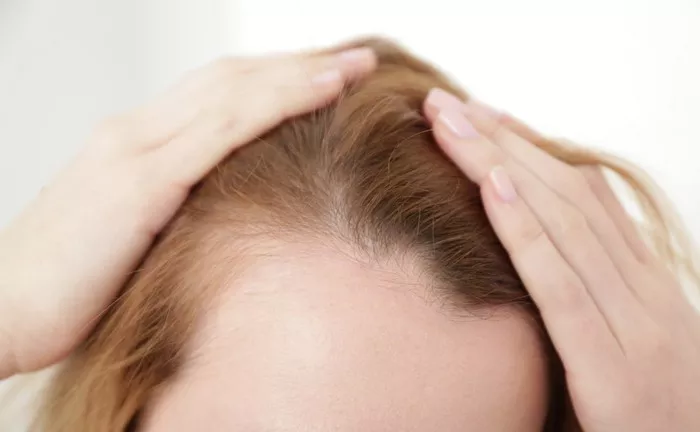Hair transplants have emerged as an effective solution for individuals seeking to address hair loss and restore their confidence. One common question that arises is, “Which age is best for a hair transplant?” In this article, we will explore the factors that determine the optimal timing for a hair transplant procedure. With a focus on experience, professionalism, authority, and credibility, we will delve into the considerations individuals should keep in mind when deciding on the appropriate age for a hair transplant. Join us as we navigate the complexities of hair transplantation and shed light on the factors that influence the ideal age for this procedure.
Understanding Hair Transplants
Overview of Hair Transplantation:
An introduction to the basics of hair transplant procedures, including the techniques used and the general process involved.
Factors Affecting Hair Loss:
Exploring the underlying causes of hair loss, such as genetic factors, hormonal imbalances, and environmental factors.
Factors Influencing the Optimal Age for a Hair Transplant
Progression of Hair Loss:
Discussing the importance of considering the progression of hair loss when determining the optimal age for a hair transplant, as early interventions may be necessary for individuals experiencing rapid hair loss.
Stabilization of Hair Loss:
Examining the significance of stabilizing hair loss before considering a hair transplant, as the stability of hair loss patterns plays a crucial role in achieving successful and long-lasting results.
Age-Related Considerations:
Exploring age-related factors that influence the optimal timing for a hair transplant, including the availability of donor hair, future hair loss projections, and individual expectations.
Individual Considerations and Evaluation
Consultation with a Hair Transplant Specialist:
Emphasizing the importance of seeking professional advice from a qualified hair transplant specialist who can assess individual circumstances and provide personalized recommendations.
Evaluating Hair Loss Pattern:
Understanding the significance of evaluating the specific hair loss pattern to determine the most suitable age for a hair transplant, considering factors such as hairline recession, crown thinning, and overall hair density.
Assessing Donor Hair Availability:
Exploring the importance of assessing the availability and quality of donor hair, as it plays a crucial role in achieving natural-looking results.
Alternative Hair Restoration Options
Non-Surgical Solutions:
Introducing non-surgical alternatives, such as medication (e.g., minoxidil, finasteride) and topical treatments (e.g., laser therapy), which may be more appropriate for individuals at younger ages or in the early stages of hair loss.
Future Hair Loss Planning:
Highlighting the significance of long-term hair loss planning and the potential need for additional hair transplant sessions in the future, especially for individuals undergoing a hair transplant at a younger age.
Conclusion:
Determining the optimal age for a hair transplant requires careful consideration of various factors, including the progression and stability of hair loss, age-related considerations, and individual circumstances. Seeking professional advice from a qualified hair transplant specialist is essential to evaluate the specific hair loss pattern, assess donor hair availability, and make informed decisions. It is also important to explore non-surgical alternatives and consider long-term hair loss planning when determining the most suitable age for a hair transplant. By understanding these considerations, individuals can make educated choices and achieve successful and satisfying outcomes in their hair restoration journey.
Related topics:
- How long after hair transplant can I workout: A Full Guide
- How long after hair transplant can I wear a hat: A Comprehensive Guide
- How long to recover from hair transplant: A Quick Guide


